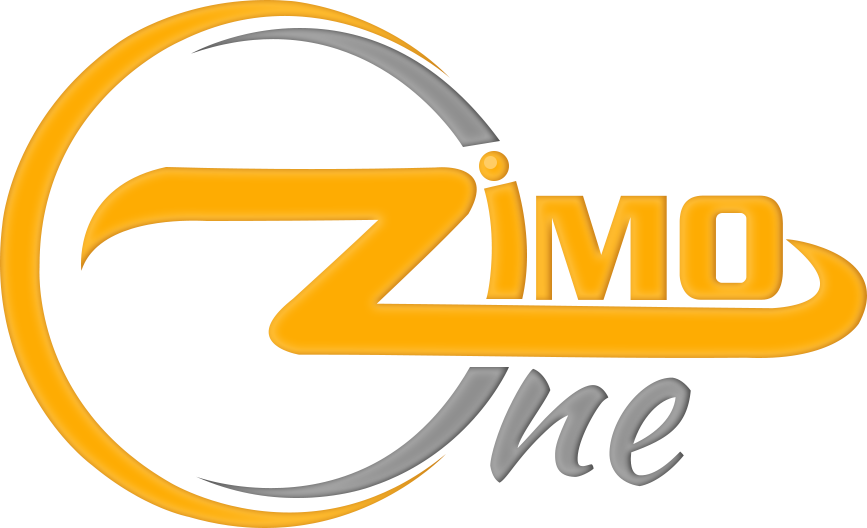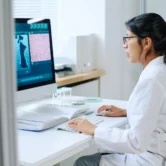SOAP notes: A Guide to structured Clinical Documentation
Accurate and well-structured documentation can make the difference between ambiguous and clear patient treatment in the constantly evolving healthcare sector. That can be aided by the simple, yet powerful framework known as SOAP notes, which is trusted by doctors, nurses, therapists, and counsellors. Subjective, Objective, Assessment, and Plan (SOAP) notes enable improved decision-making, seamless teamwork, and improved patient outcomes by integrating disparate patient data into a cohesive narrative. Think of it as the common language of healthcare professionals, guiding decisions about patient care, ensuring uniformity, and enabling communication
SOAP Notes:
SOAP note definition is self-explanatory of its usefulness and significance. To define it briefly, Healthcare providers use SOAP notes, a standardized approach to medical recording, to clearly and efficiently record patient information. The acronym, which stands for Subjective, Objective, Assessment, and Plan, refers to the four essential components that include clinical observations, professional evaluation, treatment or follow-up plan, and patient-reported symptoms.
Understanding SOAP notes
(S) stands for Subjective Analysis: In this, the patient’s personal comments about their illness are documented. It includes medical history, symptoms, feelings, and concerns. For example: “For the past two days, I’ve been experiencing severe chest pains.” Additional assessment is guided by the subjective part, which captures the patient’s perspective.
(O) stands for Objective: Here, medical professionals document information that is measurable and easily observable. This can include test results, diagnostic imaging, physical examination findings, and vital signs. As an example: 150/95 is the blood pressure, and the ECG shows an irregular beat. The objective facts give the patient’s anxieties a factual foundation.
(A) stands for Assessment To create a diagnosis or list of potential disorders, the physician assesses the objective and subjective data. Clinical reasoning and differential diagnosis are frequently incorporated. Evaluation example: Rule out myocardial infarction, likely angina.
(P) stands for Plan
The next stages for patient care are described in this section. Treatment plans, drugs, testing, referrals, and lifestyle guidance are all included. For instance: Put the patient on aspirin, arrange for a stress test, and follow up after a week. The plan guarantees continuity of care.
Significance of SOAP notes:
To understand the usefulness and SOAP notes purpose we should have an in-depth understanding of the significance of the SOAP notes.
Following are the reasons why SOAP notes are crucial:
Organization and Clarity: SOAP notes offer a methodical approach to gathering patient data, which helps to avoid misunderstandings and omissions. This systematic process guarantees uniformity and correctness in medical records.
Improved Communication – SOAP notes facilitate better communication between physicians, nurses, and other providers by adhering to a standard format. Better patient care and more seamless teamwork are the results of this shared comprehension.
Legal and Ethical Record: Official documents that adhere to compliance norms are SOAP notes. They offer a transparent record of care decisions, protecting both patients and clinicians.
Progress tracking: Medical staff can follow a patient’s path over time by using SOAP notes. This continuity enables healthcare professionals to see trends, gauge results, and modify therapies as necessary.
SOAP notes in Various Fields
Medicine: In the practice of medicine, SOAP notes are frequently utilized in follow-up visits and routine examinations. They assist medical professionals in organizing symptoms, test findings, and diagnoses so that proper care can be provided.
Nursing: To record continuing care, observations, and interventions, nurses must use SOAP notes. They guarantee the regular monitoring of patient progress and treatment responses.
Therapy Sessions: SOAP notes are used to record feelings, actions, and treatment objectives in mental health and counselling. This organized record aids therapists in creating more effective treatment programs and tracking advancements over time.
Physical Therapy: To record patient improvement, mobility changes, and exercises, physical therapists utilize SOAP notes. This facilitates modifying treatment plans and tracking progress toward recovery.
Top Techniques for Composing SOAP Notes
- To the point: Don’t use needless language; instead, keep entries brief but thorough.
- Objective: use quantifiable information and objective language.
- Patient Info: Always include the patient’s name, date, and ID.
- Be on time: Immediately following a patient interaction, make sure your notes are correct and on time.
- HIPPA Compliance: Keep information private by adhering to HIPAA or other applicable data protection regulations.
Conclusion:
SOAP notes in healthcare are essential to efficient medical practice and go beyond simple documentation. A comprehensive, lucid, and methodical record of patient care is provided by segmenting data into Subjective, Objective, Assessment, and Plan. Taking SOAP notes is still a crucial practice that helps patients and healthcare providers communicate in a time when teamwork and precision are crucial.




2 Comments
Football prediction software download
November 10, 2025 at 9:13 pm🏆 Looking for a top tool? Compare models, features, and ROI benchmarks under Which football prediction software is best?—find the right fit for your style and staking plan.
Harold Morissette
November 19, 2025 at 3:13 pmYour blog is a testament to your dedication to your craft. Your commitment to excellence is evident in every aspect of your writing. Thank you for being such a positive influence in the online community.